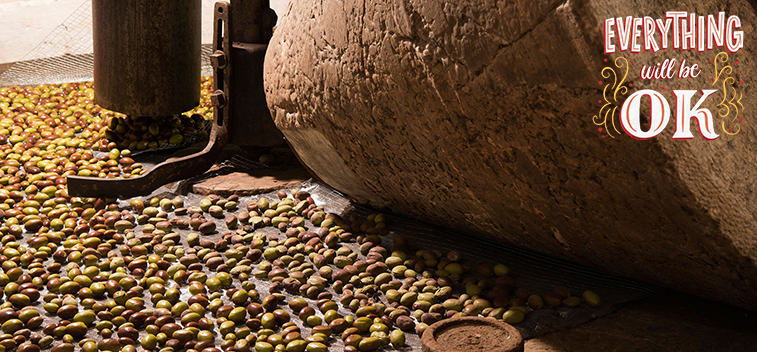
The person in charge of biofuel certifications and European projects of the Spanish Association for the Energy Valorization of Biomass (Avebiom) , Pablo Rodero, analyzes in this interview the evolution and progress of the biomass sector, as well as the energy valuation of by-products of the olive tree such as pomace, olive stone and pruning. In the case of olive pit, Rodero assures that much progress has been made and currently approximately 25-35% of production is cleaned and dried, being used in high-quality combustion devices.
Which of these are usable as a biomass source for renewable energy generation and what is their total energy potential?
All are usable for energy use. What happens that the ease of use varies. In the case of bone and olive pomace, as they are secondary biomasses, that is, they are produced in industries and are a by-product of a main product, they are already “collected” and an alternative outlet must be given to take them to landfill. These would be the "easy" biomasses to take advantage of and, in addition, there is already a journey in their use of about 20 years although the technology has advanced a lot.
In the case of olive tree pruning, there is still some way to go to use 100% or most of it, since some quantities that are difficult to access could be crushed and reincorporated into the soil. At the same time, there are no standards and it is poorly standardized, but we have just taken a step in that aspect thanks to the Biomasud Plus project by having generated a pre-standard. From there, the companies that produce boilers can already design those that are best suited to the characteristics of this biofuel. It is also known that it can be enhanced and improved in quality if some cleaning is done. As for combustion technologies, they cannot be burned in regular boilers, but rather are suitable for these biomass. In this regard, projects such as Biomasud Plus, Up_runing and Agrobioheat (still in progress) are carrying out work to collect information (technology catalogs), emission tests ... to promote the development of biofuel. We are somehow paving for the market to function later.
"In the case of olive tree pruning, there is still some way to go to use 100% or most of it, there are still no standards and it is little standardized"
The trend of the future is renewable energy, how do you see the role of biomass compared to other energy sources?
The contribution of biomass in certain sectors will be essential to meet the objectives for 2030 and 2050. One of the great advantages of biomass is that it is manageable because it can be stored. In electricity generation it will be very important by providing a base that does not depend on whether it is windy or solar radiation. Another advantage of biomass is the diversity of formats and biomass of all kinds.
Bioenergy is the first indigenous primary energy source in Europe over traditional sources such as coal or natural gas, which mainly come from abroad. Therefore, biomass is important in increasing energy independence. The most important niche today is heat, and biomass is currently the most used renewable energy source for heat with 85%.
Having seen the increase in recent years and the ever-growing trend, bioenergy is going to play an essential role in the future of the EU and above all in meeting objectives. In this sense, the role played by biofuels from agriculture, known as agrobiomass, which means using currently unused potentials, will also be very important. This leads to some technical and misinformation complications but in projects like Agrobioheat, funded by the H2020 program, we are trying to solve them, advising, giving information to all agents and even accompanying certain projects.
Are citizens aware of the uses of biomass or lack of promotion in this field?
There is still some ignorance, especially when we are not talking about the most widespread uses such as firewood or pellets. But much progress has been made in recent years for a number of reasons. The first may be due to the growing environmental awareness in society (consumers, legislators) and given the versatility and social benefits (job creation) and environmental benefits of biomass (fire reduction, cleaning of mountains). Legislators are increasingly setting higher goals for renewables and one of the easiest and most profitable ways to comply, favoring the use of indigenous resources is biomass. Also given its competitiveness in price, many consumers have opted for its adoption.
Several relatively successful information campaigns have also been carried out, such as "Biomass in your home" by Avebiom, or one by the Institute for Energy Diversification and Saving (IDAE) with coverage in mass media such as television.
Source: Mercacei